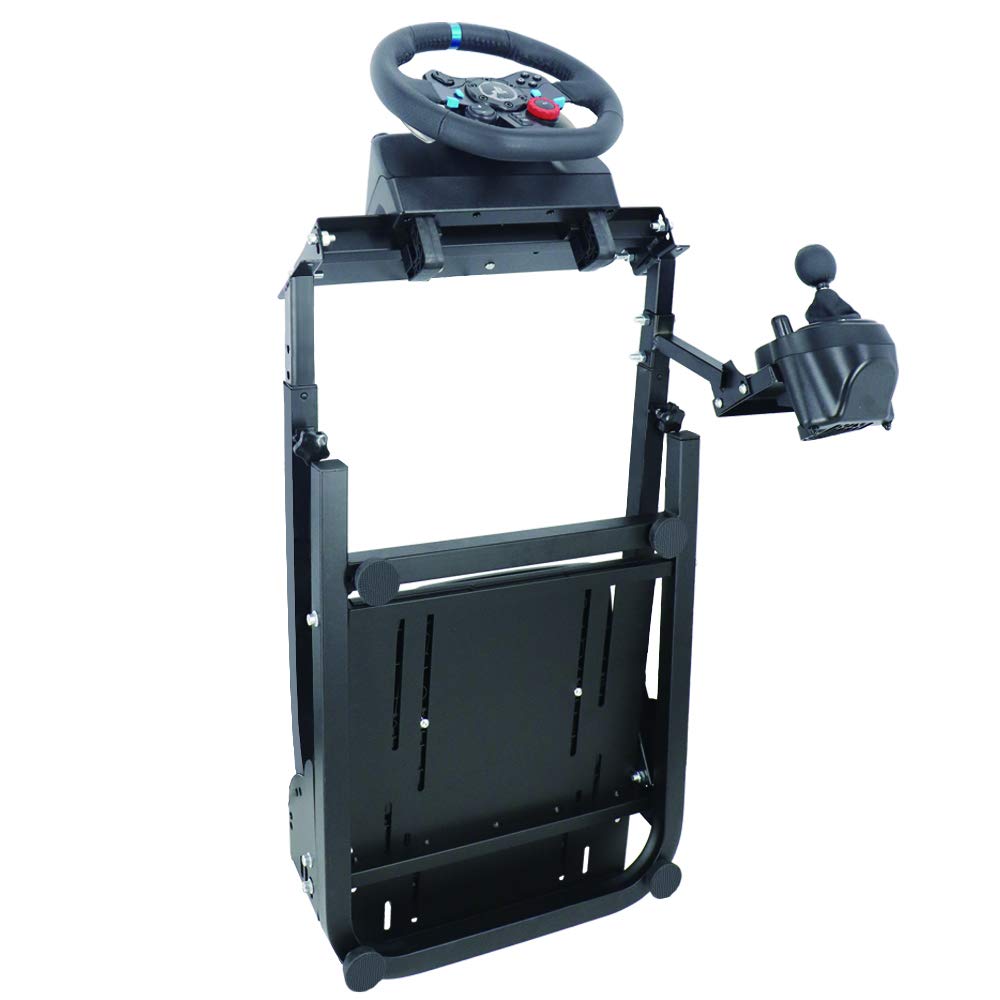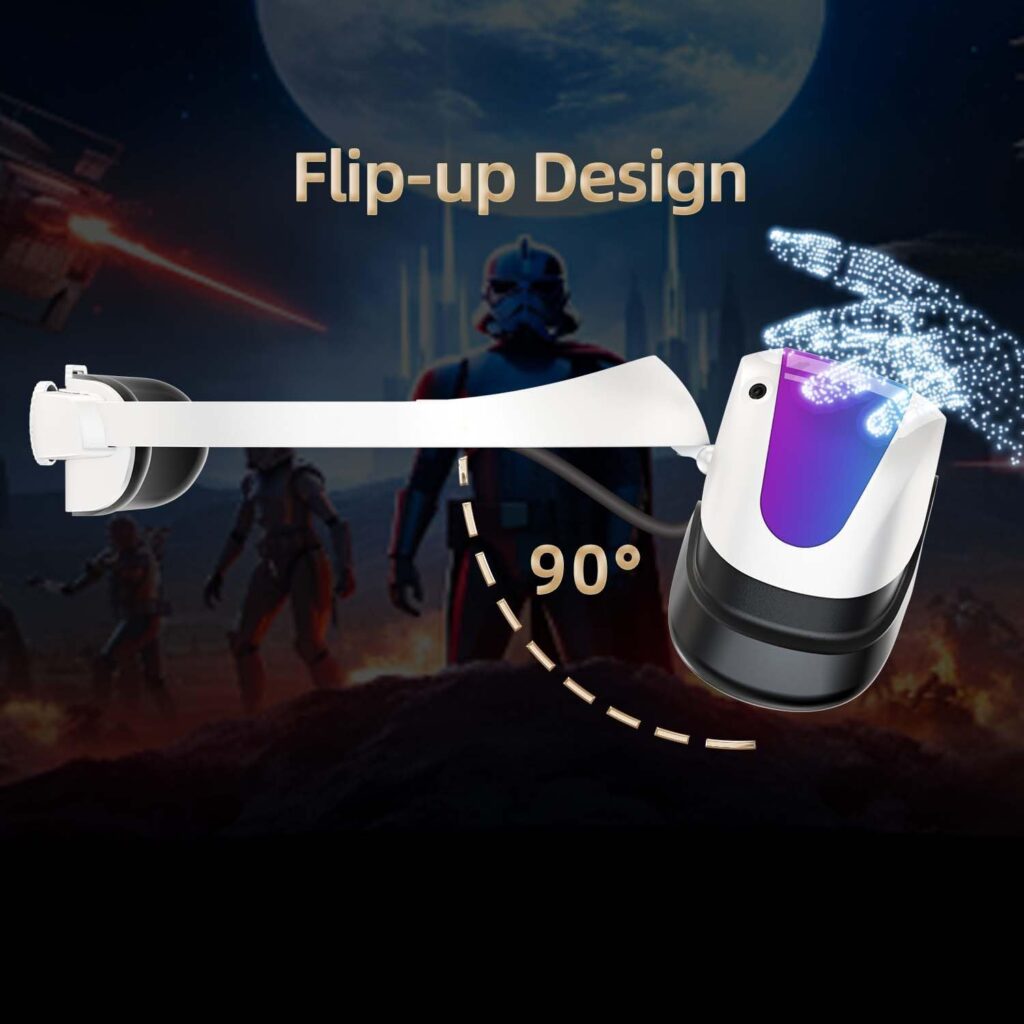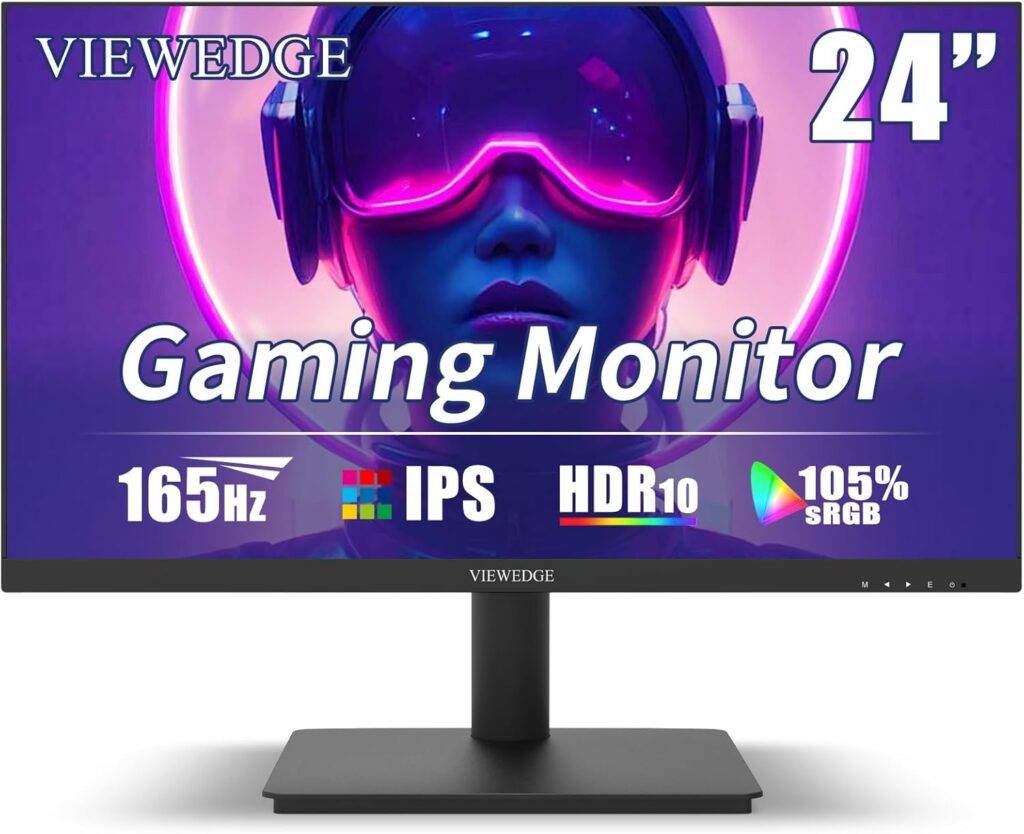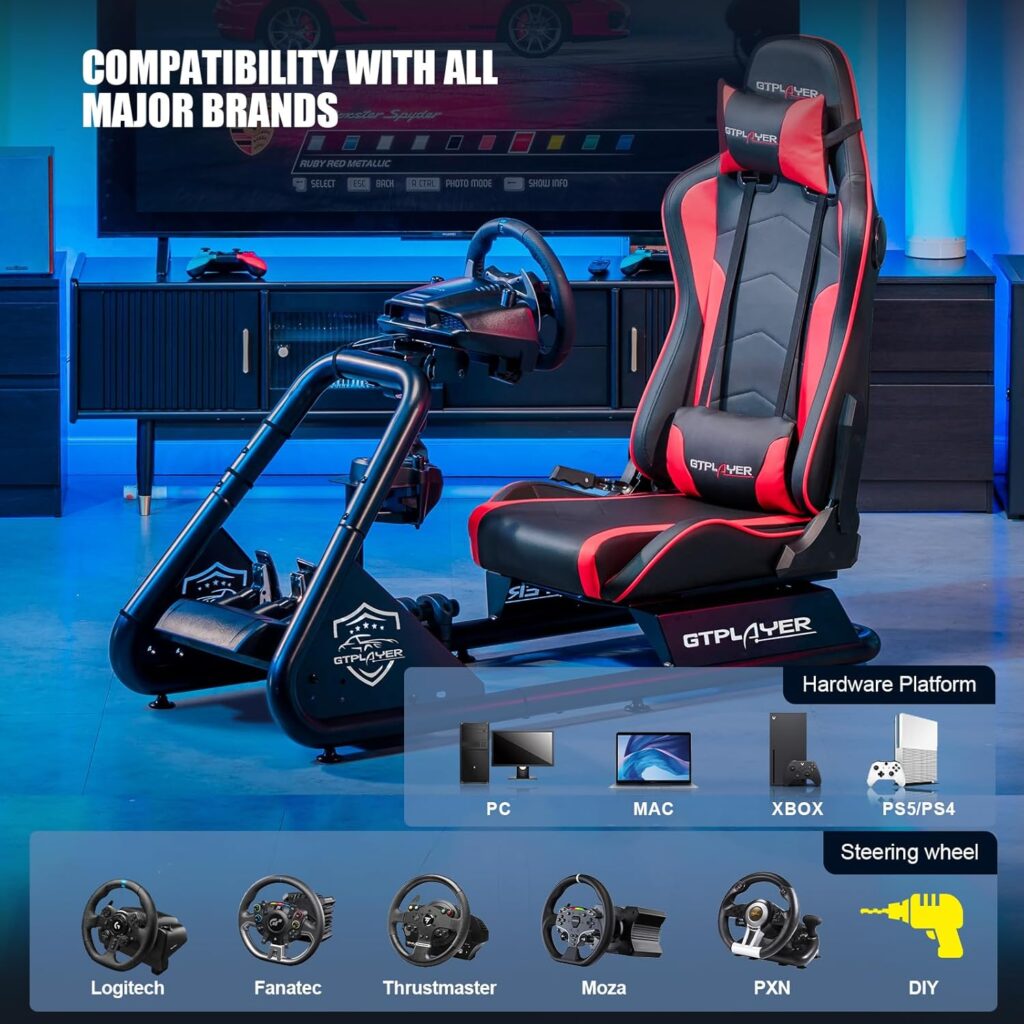Are you tired of watching others speed around virtual tracks while you sit on the sidelines, longing to be part of the action? Well, get ready to take the wheel and experience the thrill of sim racing firsthand.
'The ABCs of Sim Racing: A Beginner's Handbook' is here to guide you through the exhilarating world of virtual racing. From understanding the terminology to mastering essential skills, this comprehensive guide has everything you need to kickstart your sim racing journey.
But that's not all. Stay tuned to discover some surprising secrets that will take your sim racing to the next level. Get ready to feel the adrenaline rush as you navigate the twists and turns of this exciting new venture.
Key Takeaways
- Sim racing is a form of virtual car racing that aims to provide a realistic experience.
- Immersive sim racing depends on the setup, including a racing simulator, sim racing wheels, and force feedback technology.
- Sim racing games offer a range of experiences, from casual arcade-style racing to hyper-realistic simulations.
- Regular practice and gaining years of experience are essential to becoming a skilled driver in sim racing.
Understanding Sim Racing Terminology
To understand the intricacies of sim racing, it's crucial to familiarize yourself with the terminology used within this virtual motorsport realm. Sim racing, short for simulation racing, is a form of virtual car racing that aims to provide a realistic experience for drivers. Immersive sim racing is the ultimate goal, where the virtual world feels just as real as the physical one. Achieving this level of realism depends on the sim racing setup, which includes a racing simulator, sim racing wheels, and force feedback technology.
Serious sim racers often participate in competitive esports, where they compete against other drivers in various race types. These races can be categorized by car classes, showcasing different types of vehicles and challenges. The level of realism in sim racing games varies, ranging from mainstream titles to full-fledged simulators that strive for unparalleled authenticity.
To get started in sim racing, it's crucial to understand the terminology and concepts related to this virtual motorsport. Familiarize yourself with sim racing terms such as force feedback, which provides realistic resistance and vibration through the sim racing wheel, enhancing the immersion. With a solid foundation of knowledge, you'll be ready to dive into the world of sim racing and experience the thrill of virtual racing firsthand.
Essential Equipment for Sim Racing
Sim racing enthusiasts require a range of essential equipment to create an immersive and realistic virtual racing experience. The first piece of equipment you'll need is a steering wheel. A good sim racing steering wheel is essential for precise control and feedback. When purchasing a steering wheel, consider the force feedback capabilities and rotation angle. Direct drive wheels offer the most realistic force feedback, while belt and gear drive wheels are more affordable options.
Next, you'll need a pedal set. Pedals come in different types, such as load cell, potentiometer, and hydraulic. These offer varying levels of realism and feedback. It's important to choose a pedal set that suits your budget and preferences.
In addition to a steering wheel and pedal set, you may also want to consider other peripherals to enhance your sim racing experience. Motion platforms can simulate the feeling of acceleration, braking, and cornering, while virtual reality headsets provide a more immersive visual experience. Button boxes can help you easily access in-game functions.
Setting up your sim racing rig involves calibrating the pedals and wheel, configuring force feedback settings, and optimizing display and control preferences. Remember, investing in the right equipment can greatly enhance your sim racing experience.
Mastering Sim Racing Skills
When it comes to mastering sim racing skills, consistently practicing and seeking guidance from experienced sim racers can greatly improve your racing techniques. Sim racing allows you to experience the thrill of real racing in a virtual world, and with dedication and the right approach, you can become a skilled sim racer.
To start, regular practice is key. Set aside time each week to hone your skills on various tracks and in different racing conditions. Joining online communities dedicated to sim racing can also provide valuable insights, tips, and advice from experienced sim racers. Engaging with these communities allows you to learn from their expertise and apply their strategies to your own racing.
Participating in races and competitions is another effective way to test and enhance your abilities. These events provide opportunities to race against skilled opponents and challenge yourself to perform at your best. By analyzing your performance and learning from your mistakes, you can continuously improve.
Understanding car setups and tuning is crucial for optimizing your performance on different tracks. Take the time to learn about suspension settings, tire pressures, and aerodynamics, as these factors can greatly impact your lap times. Utilize sim racing telemetry tools to analyze your driving and make improvements. These tools provide valuable data on your braking points, throttle inputs, and cornering techniques, allowing you to refine your skills and shave off precious seconds.
Investing in the right equipment can also enhance your sim racing experience. Purchase a steering wheel and pedals that provide realistic feedback, as this will give you better control over your virtual car. Consider a motion platform for added immersion, allowing you to feel the movements and forces experienced in real racing.
Exploring Different Sim Racing Games
One essential aspect of delving into the world of sim racing is exploring the wide array of available racing simulator games. These games offer a range of experiences, from casual arcade-style racing to hyper-realistic simulations that mimic real-world race conditions.
Here are three key factors to consider when exploring different sim racing games:
- Realism and Immersion: Sim racing games like 'Corsa Competizione' aim to provide an authentic racing experience. They offer realistic physics, accurate car models, and accurate representations of real-world tracks. This level of realism enhances your gaming experience and allows you to improve your racing skills.
- Equipment and Setup: To fully enjoy sim racing, you'll need a gaming PC, a high-quality gaming monitor with a high refresh rate, and a suitable sim rig. Advanced setups may include motion platforms that simulate the sensation of driving. Having the right equipment can greatly enhance your immersion and overall enjoyment of the game.
- Variety of Racing Disciplines: Sim racing games cater to various racing disciplines, including formula racing, touring cars, rally, and more. By exploring different games, you can try out different racing styles and find the one that suits your preferences and interests.
Taking Your Sim Racing to the Next Level
To elevate your sim racing experience and continue progressing in the virtual racing world, it's essential to take your skills and dedication to the next level. As a beginner, it's important to start with a solid foundation by understanding the basics of sim racing, including racing terms and techniques. However, to truly become a skilled driver, you need to invest in high-quality sim racing equipment. A racing simulator, such as a sim racing rig, will provide a realistic experience that closely resembles real driving. This will help you improve your lap times and overall performance on the virtual track.
In addition to having the right equipment, it's crucial to gain years of experience in sim racing. Regular practice is key to honing your skills and becoming a faster and more consistent driver. Engaging with the sim racing community and participating in races, leagues, and tournaments will also help you improve. Not only will you learn from more experienced drivers, but you'll also have the opportunity to showcase your talent and compete against others who share your passion for simulated racing.
Furthermore, as you progress in your sim racing journey, you can explore opportunities to monetize your passion. Streaming your races, seeking sponsorships, and competing in high-stakes competitions are all potential avenues to turn your hobby into a lucrative venture. However, it's important to remember that dedication and continuous improvement are the keys to success in sim racing. So, push yourself to the limit, learn from your mistakes, and strive to be the best driver you can be.
Frequently Asked Questions
Can I Learn to Drive With Sim Racing?
Yes, you can definitely learn to drive with sim racing. Sim racing offers several benefits for improving your driving skills.
Firstly, it is a cost-effective alternative to track driving. Instead of spending money on renting a track or purchasing a race car, you can practice driving in a virtual environment at a fraction of the cost.
Sim racing also plays a role in driver training programs. Many professional racing teams and driving schools use simulators to help their drivers improve their skills. These simulators provide a realistic driving experience and allow drivers to practice different techniques and scenarios in a safe and controlled environment.
Additionally, sim racing helps with learning defensive driving techniques. It allows you to practice how to react to different situations on the road, such as avoiding collisions or navigating through traffic.
Sim racing also enables you to practice driving in various weather and road conditions. You can simulate driving in rain, snow, or on different types of surfaces, which helps you develop the necessary skills to handle these conditions in real life.
Furthermore, sim racing helps in developing hand-eye coordination and reaction times. The precise controls and quick response required in sim racing can enhance these skills, which are crucial for safe and efficient driving.
Sim racing can also teach racecraft and strategic driving techniques. By participating in virtual races and competing against other players, you can learn how to overtake, defend your position, and make strategic decisions during a race. This knowledge can then be applied to real-world racing experiences.
What Is the Best Starter Sim Racing Wheel?
The best starter sim racing wheel depends on your preferences and budget. Force feedback is important for a realistic experience, so look for wheels like the Thrustmaster T300 RS GT or the Fanatec CSL Elite Racing Wheel.
Entry-level options like the Logitech G29 and Thrustmaster TMX have pros and cons, so consider factors like build quality and customization options. Budget-friendly choices include the Hori Racing Wheel Overdrive.
Make sure to properly set up and calibrate your wheel for optimal performance.
What Is the Basic Sim Racing Setup?
The basic sim racing setup consists of a computer or gaming console, a racing game, and a controller.
However, for a more immersive experience, you may want to consider adding components such as a steering wheel, pedals, and a dedicated seat. Seat positioning is important for comfort and optimal control.
Different types of sim racing rigs are available, from pre-made options to DIY setups.
Choosing the right monitor, understanding force feedback settings, and having good pedals are crucial.
Customizing your setup, exploring VR, and trying out different software options can enhance your sim racing experience.
How Do You Drive Fast in Sim Racing?
To drive fast in sim racing, you need to master various techniques.
Firstly, cornering techniques are crucial for maintaining speed and minimizing time loss.
Secondly, braking techniques help you approach corners with precision.
Finding the racing line ensures optimal speed and efficiency.
Mastering throttle control allows for maximum acceleration without losing traction.
Understanding weight transfer helps you navigate corners smoothly.
Improving reaction time and employing effective overtaking strategies are essential.
Analyzing telemetry data and simulating different track conditions further enhance your speed.
Conclusion
As you reach the end of 'The ABCs of Sim Racing: A Beginner's Handbook', you're equipped with the knowledge and tools to embark on an exhilarating sim racing journey.
Just like a skilled driver maneuvering through twists and turns on the track, you have mastered the terminology, acquired the essential equipment, and honed your racing skills.
Now, it's time to buckle up and explore the vast world of sim racing games.
Get ready to accelerate your passion and take your sim racing to the next level!




